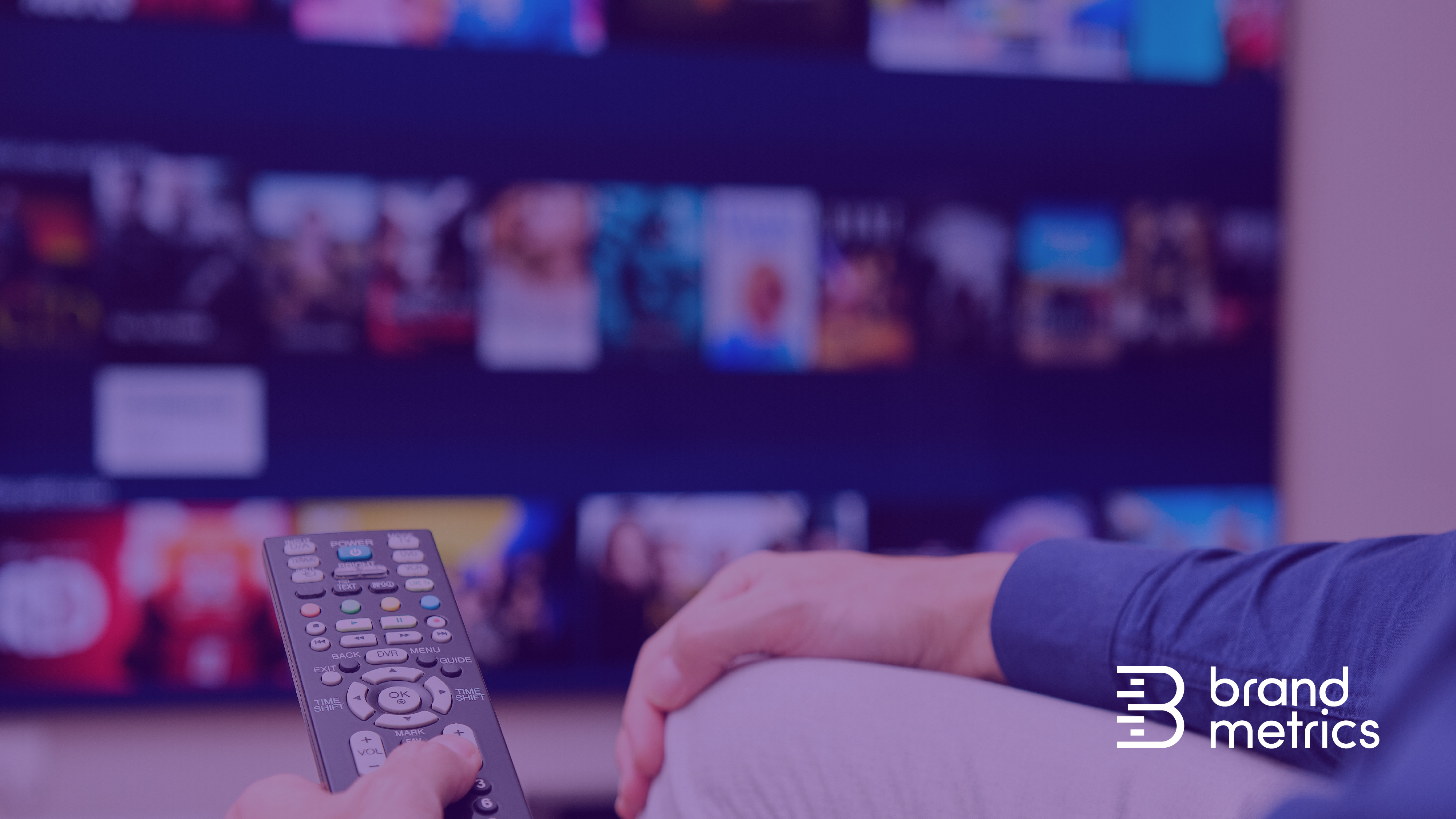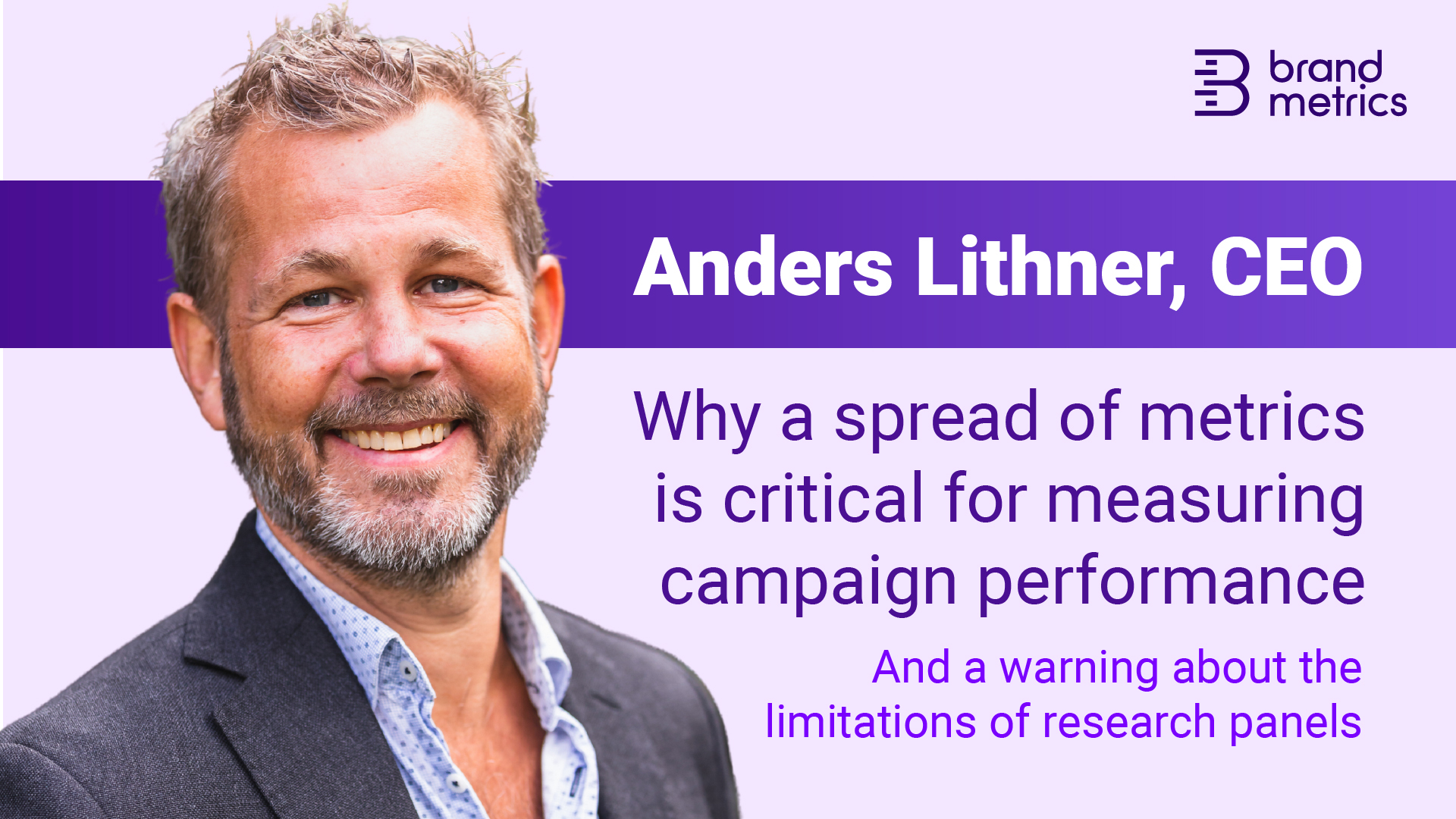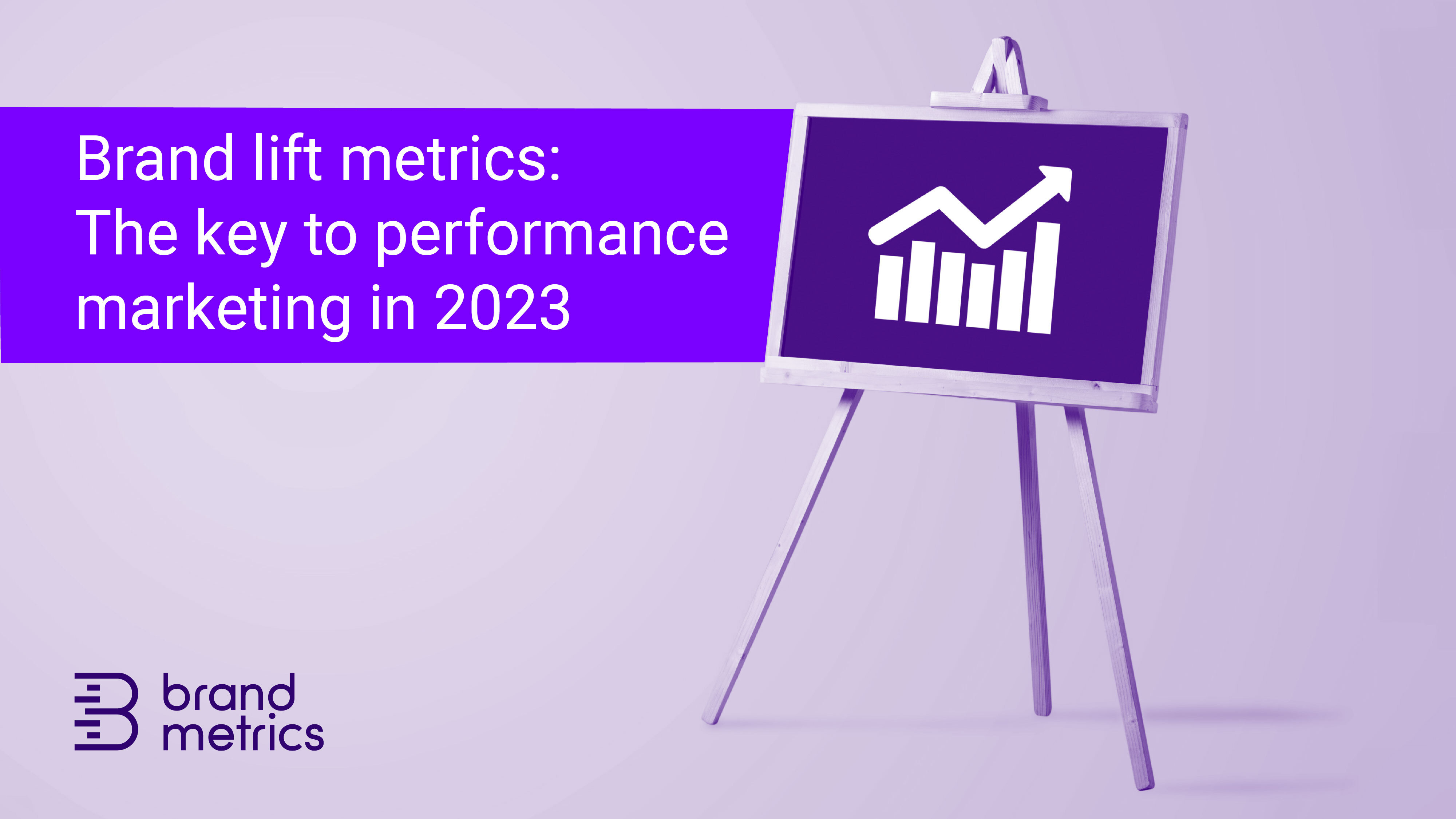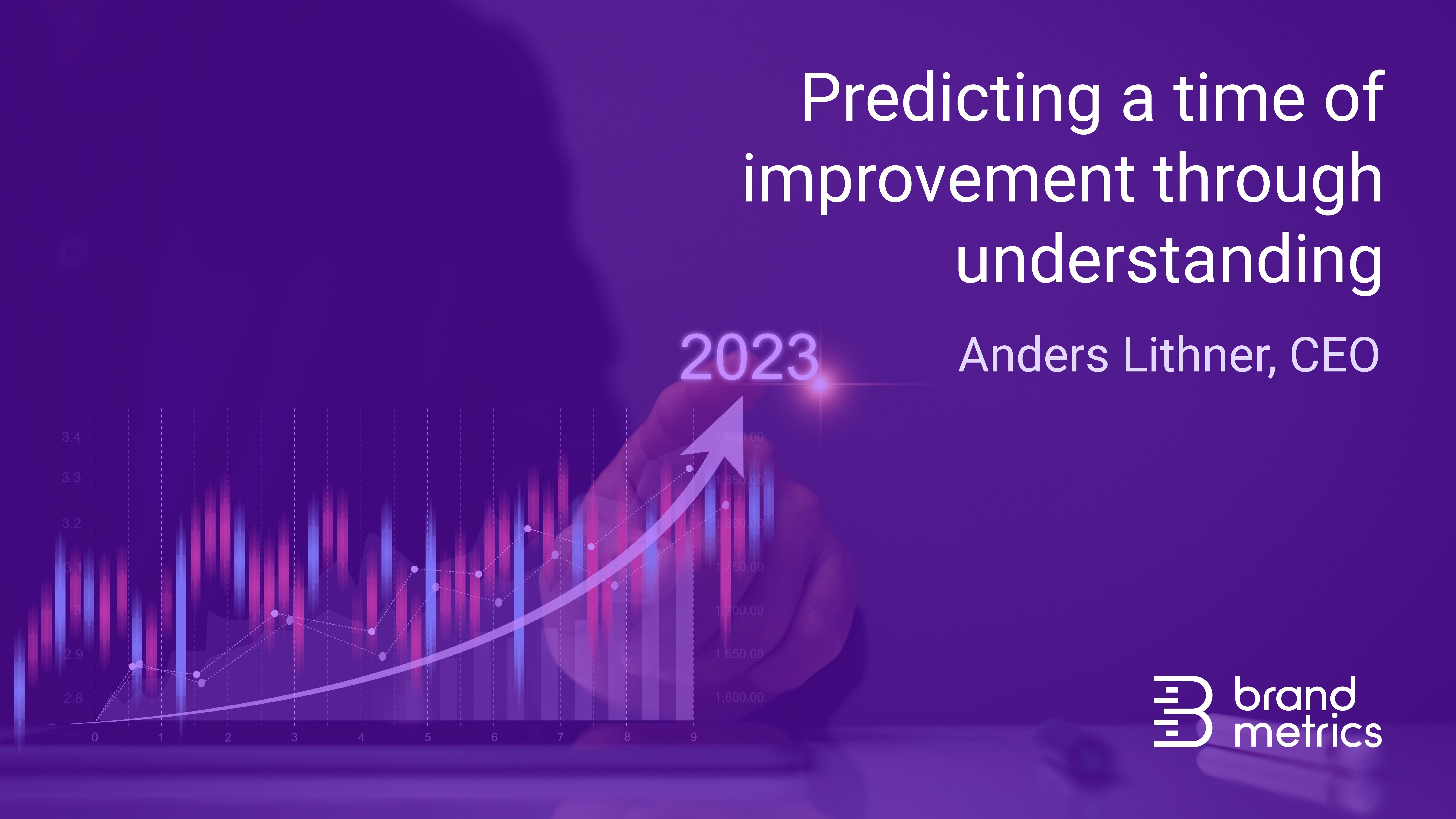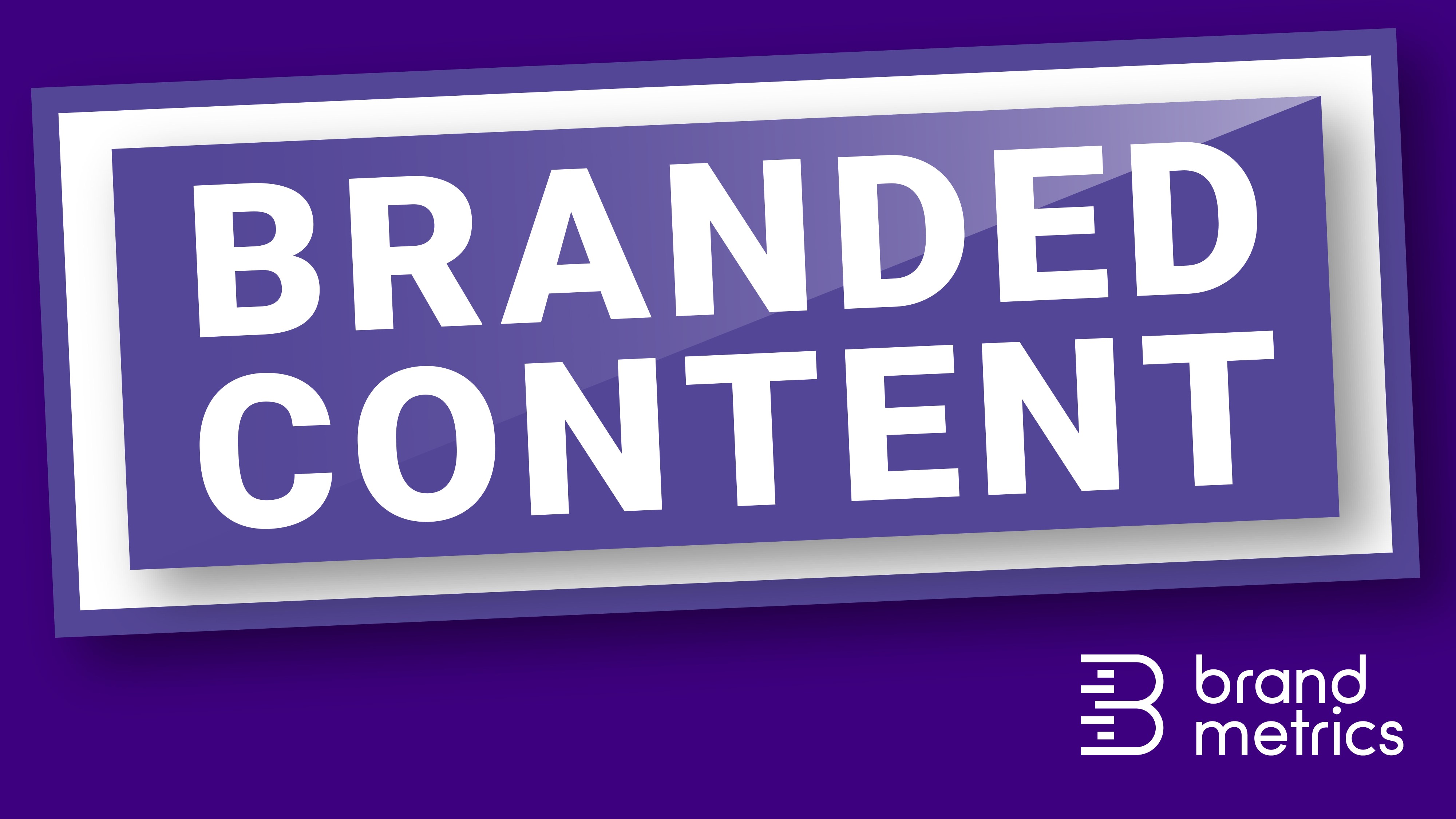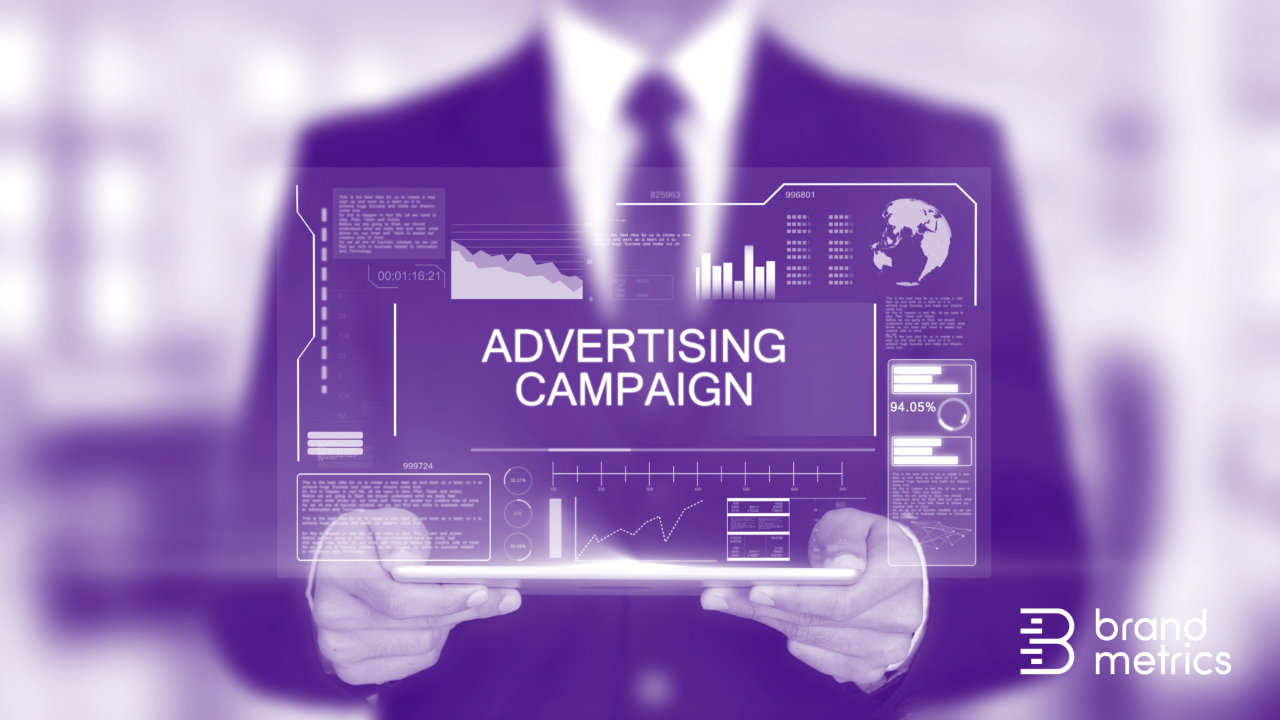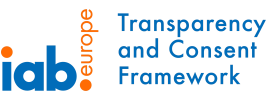Branded content: the next frontier in the world of digital metrics
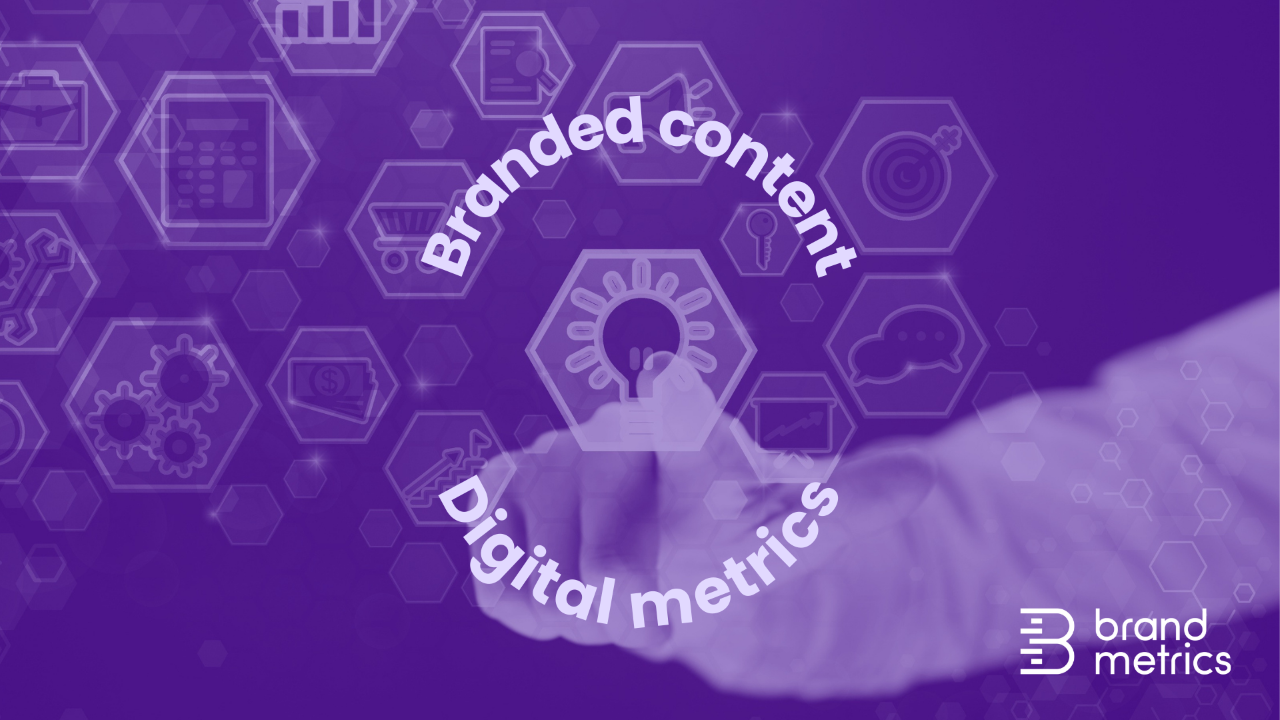
While the marketing industry is always evolving, so much remains the same: media owners try to convince advertisers they’ll deliver return on investment; marketeers want proof; while most people ignore most ads they’re exposed to. Yet, we do know marketing works and affects how we think and behave.
Branded content campaigns are regarded as one of the more effective ways to cut through, benefiting from the halo effect of the chosen environment. Given the relatively bigger budgets, marketeers naturally want to understand their effectiveness.
Having worked for a major media owner, I helped measure the effect of branded content for years and often thought how we measured these was, well, weak. But no one offered a better solution, clients didn’t challenge it, so on we went, happy to take the money in.
Three issues with panel-based measurement of branded content
The typical measurement approach - survey a sample of people on a research panel before and after a campaign, then compare the results - is riddled with issues. I’ve picked out three:
- Panel research can be expensive Media owners often have to cut into revenue margins or, worse, not measure at all, because the spend, particularly for digital-only campaigns, doesn’t justify the outlay.
- Results can be inaccurate The panel-based approach of comparing results from a control and exposed sample can be worryingly inaccurate. Ultimately, you’re comparing results from two entirely different groups of people on the assumption they’re similar, when they’re really not.
- The results lack context One of the most common questions from advertisers after seeing their results is: “So, is that good?” But you need context to gauge what is good or bad, and ‘pre vs post’ campaign measurements are mostly one-off, isolated studies.
Here at Brand Metrics, we have developed a smart, simple, cookieless solution that allows publishers to measure brand uplift across digital advertising bypassing the issues I listed above. (Well, I say ‘we’, but I didn’t contribute anything towards developing the platform!).
The methodology, rooted in statistical analysis and academia, is robust. The solution is easy to implement, and it can measure any sized digital campaign. A fixed licence fee means it is highly cost effective - the more you measure, the cheaper each measurement becomes.
The approach uses a consistent single-survey question focused on four brand metrics: Brand Awareness, Consideration, Preference and Action Intent. As the same metrics are captured across every measurement, results are comparable and can be benchmarked against a database of over 13,000 measurements, split by advertiser category.
How do Brand Metrics measure Branded Content?
One of the most popular questions from publishers – “Can you measure branded content?” Yes, we can. “How do you do it?”. Well, set-up is flexible and depends on the specifics of the campaign but typically we measure exposure to online content via a unique identifier, e.g., the URL, which ‘instructs’ our system what to track. We then ask a single-survey question to people exposed either by re-targeting them at a later visit or can do it or alongside the content itself - there is flexibility. We then divide survey results from respondents into groups based on their dwell time and this provides the data from which we calculate brand uplift - taking into account both frequency of exposure and time.
So, the approach varies, but it works off the same principles - easy set-up, robust and can even work on small campaigns.
The bonus - building first-party insights
As publishers can measure all campaigns, they’re able to capture information to effectively create their own proprietary database. Clients such as The Guardian and The Telegraph, for instance, have built up ‘metadata’ helping understand audience engagement, analyse performance of different formats, and proactively guide clients with custom designed packages. They can now back up commercial conversations with insight and evidence.
It’s worth testing new measurement approaches
As marketing budgets inevitably come under more pressure, publishers will increasingly need to justify client spend. Click-through rates and impressions are not enough, panels are too problematic, and results come with no context anyway.
We’re fortunate to have continuously grown, even through the pandemic, and have measured branded content campaigns for many of our premium publisher clients worldwide.
As we move on, we’re open to conversations with anyone else with an interest in constantly refining how we evaluate marketing, particularly branded content, so feel free to get in touch.

